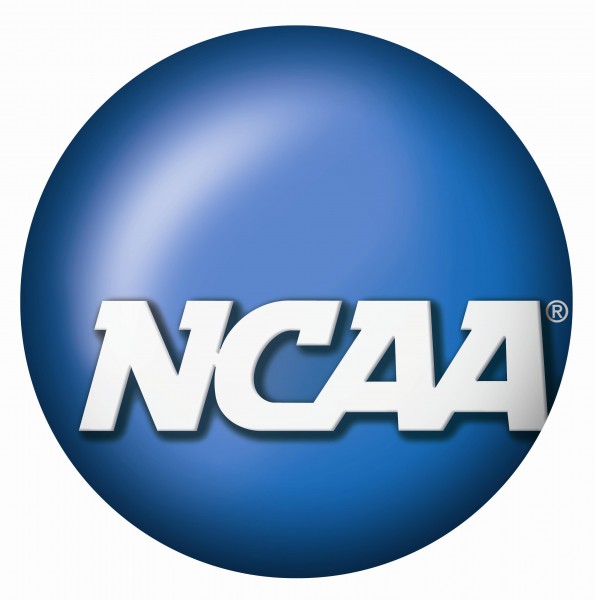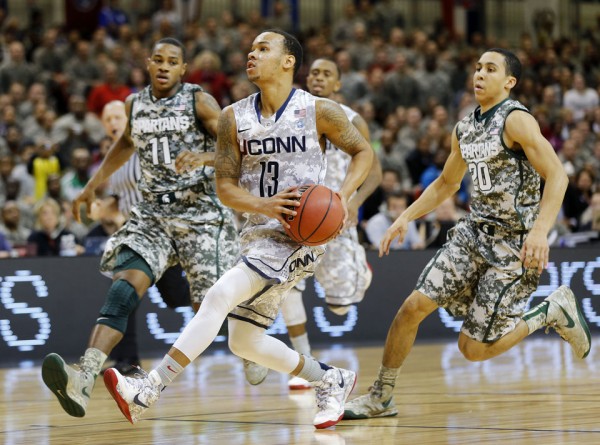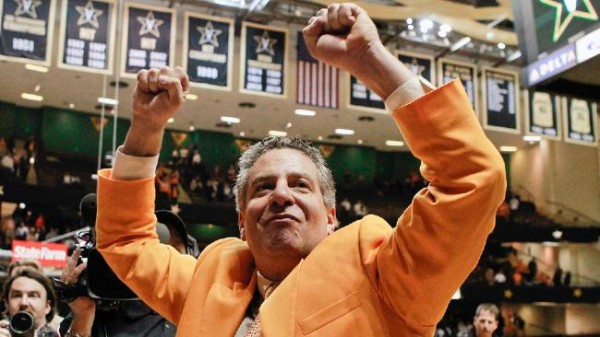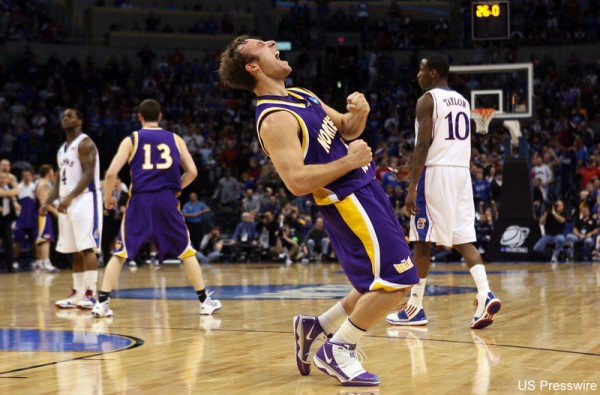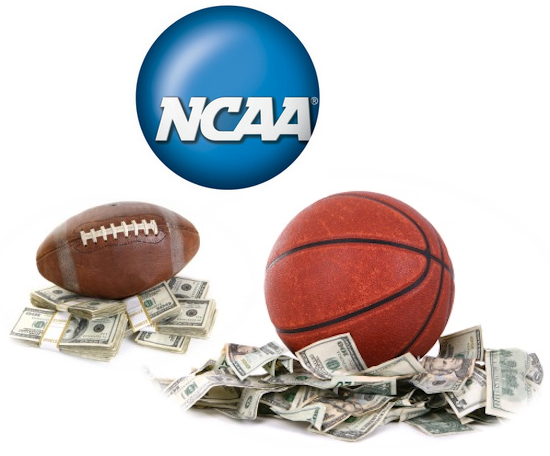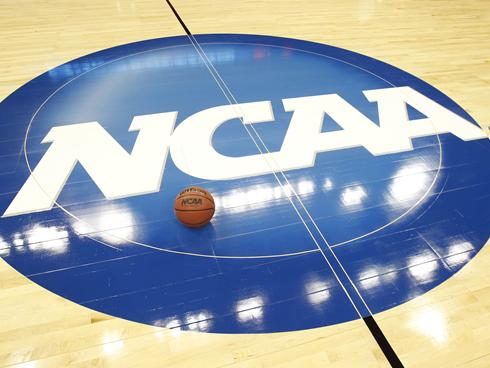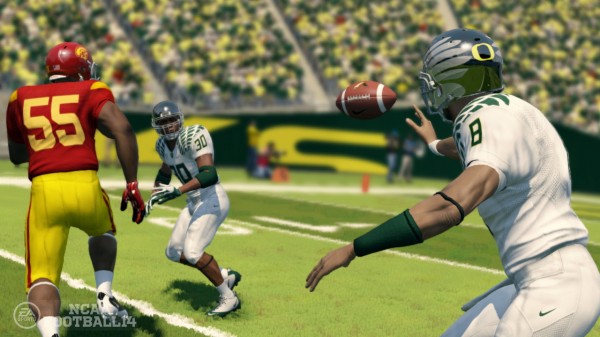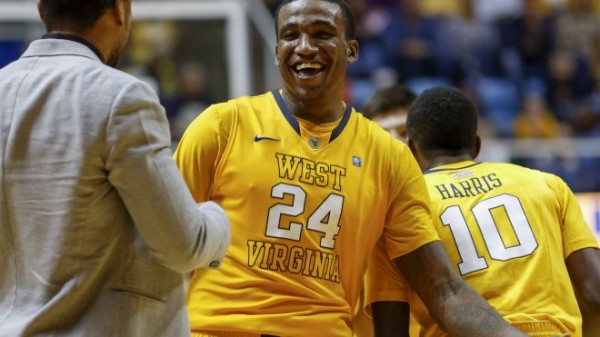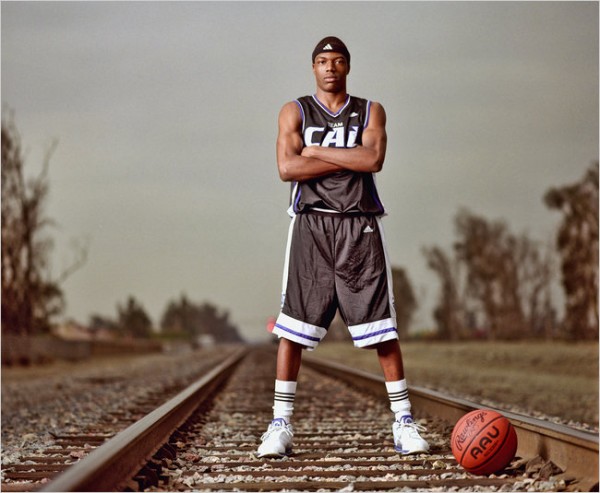Congressional Bill Could Accelerate Movement For NCAA Change
Posted by Chris Johnson on August 6th, 2013Chris Johnson is an RTC Columnist. He can be reached @ChrisDJohnsonn.
The scent of change lingers thick in NCAA territory these days. Major conference athletic directors have spoken about the possible creation of a new “Division 4” that would allow a subset of larger Division I leagues to operate under a different governance structure than their small-school counterparts. The Ed O’Bannon lawsuit threatens to undercut the NCAA’s decades-old adherence to amateurism. Shady tactics and egregious errors in enforcement made during the NCAA’s high-profile investigation of the Nevin Shapiro scandal at Miami have been laid bare by various publications. Experienced enforcement staffers are leaving in droves. A new lawsuit alleging a lack of accountability for student-athlete concussions in contact sports has inspired a new strain of ethical debate. Put simply, the NCAA is beset on all sides by various philosophical and legal attacks; a breaking point feels imminent. Over the next year or so, something – whether a massive development in the O’Bannon case, a formal establishment of a new NCAA subdivision, or some other major change – is going to happen. The NCAA cannot exist in its current state. This is widely accepted and rarely denied.
Now Congress wants a say in the matter. Last Thursday, House members Charles Dent and Joyce Beatty introduced The National Collegiate Athletics Accountability Act. The act contains a number of powerful regulations, but the main points can be pared down to the following four: 1) a guarantee of four-year scholarships in contact sports (which, per the legislation’s definition, include the following: boxing, field hockey, ice hockey, football, lacrosse, soccer, martial arts, wrestling and rodeo), eliminating the potential for schools to revoke one-year, renewable grants-in-aid on the basis of injury, skill, or sheer whim (i.e., no more runoffs) – a practice more than one third of the nation’s most powerful athletic programs have yet to abolish, according to the Chronicle of Higher Education; 2) permission for schools to extend cost-of-living stipends to student-athletes; 3) requiring concussion tests for all sports, both contact and limited-contact; 4) formalizing “due process” guidelines for schools and players found to have violated NCAA rules, including an appeals process and administrative hearings. A failure to meet any of these requirements would result in a loss of Title IX funding, which provides institutions with billions of dollars annually.





























